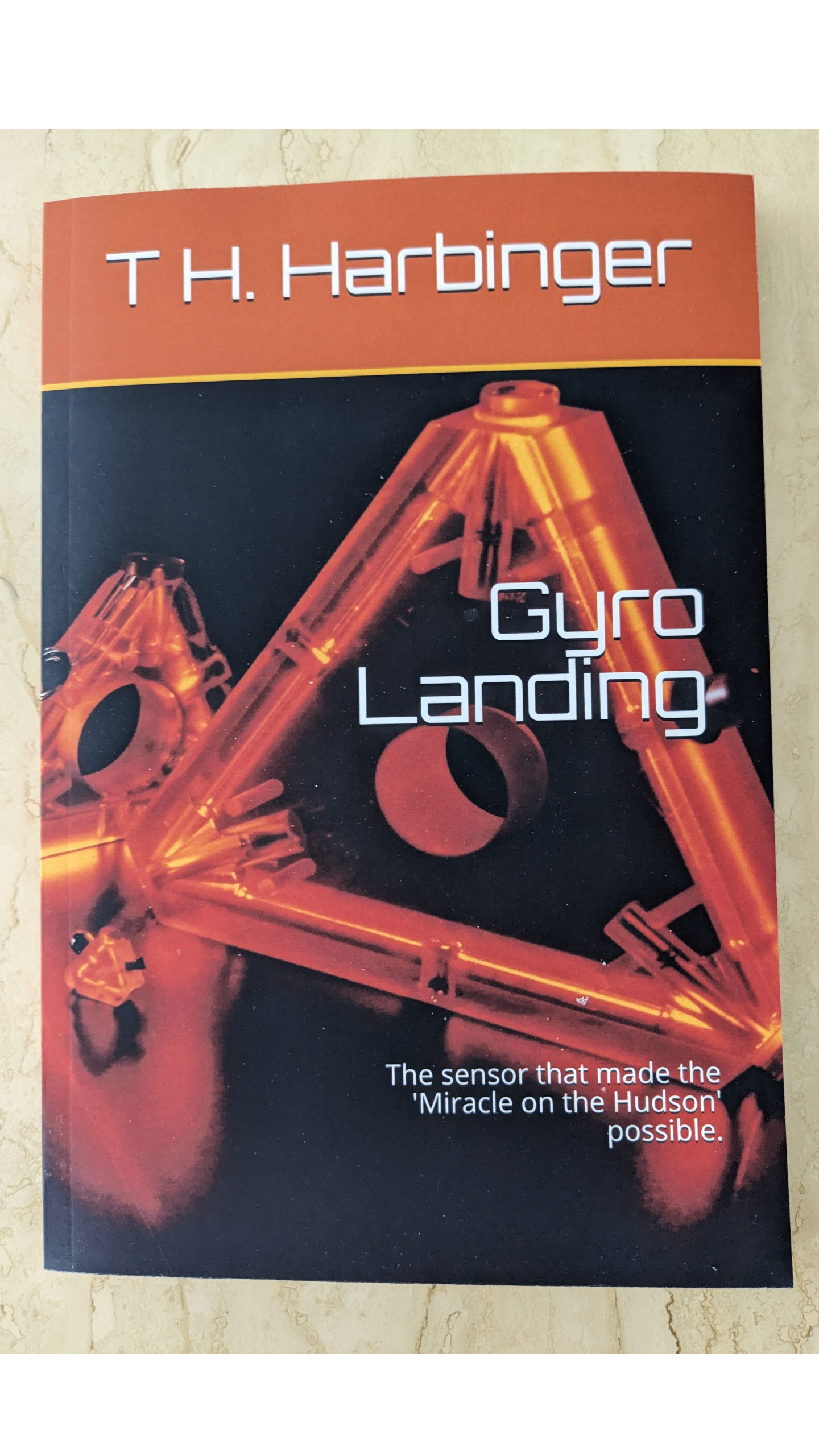Miracle on the Hudson: A Triumph of Human Ingenuity
On January 15, 2009, the world witnessed a breathtaking display of human and technical excellence as an A320 made an emergency landing on the Hudson River. Celebrate the 25-year anniversary of this miracle by reading Gyro Landing by T H. Harbinger.

What seemed like a potentially catastrophic situation turned into a testament to human ingenuity and the marvels of aviation technology. Celebrate the 25-year anniversary of this technology and human miracle by reading Gyro Landing by T H. Harbinger. Available at: https://www.insightsoninnovation.net/.
At the heart of this extraordinary event was the Airbus A320, the first fly-by-wire commercial aircraft. Unlike traditional mechanical systems, fly-by-wire relies on electronic signals to control the aircraft's movements. This groundbreaking technology played a pivotal role in the success of the Hudson River landing, showcasing the adaptability and precision of modern avionics.
For STEM enthusiasts eager to explore the dynamics of this miraculous landing, understanding fly-by-wire technology is essential. In essence, it replaces conventional manual flight controls with electronic interfaces and controls. The pilot's commands are transmitted as electrical signals to the aircraft's computers, enabling a level of responsiveness and control that was unprecedented. The computer also relies on sensors for rotational (gyros) and translational (accelerometers) movements. Flight rules are combined with these instantaneous sensor readings to send precise commands to the aircraft's control surfaces.
The A320's fly-by-wire system proved its mettle on that fateful day. With both engines disabled after a bird strike, Captain Chesley "Sully" Sullenberger and First Officer Jeffrey Skiles relied on the aircraft's sophisticated control system to guide them through a successful emergency landing. The precision afforded by this technology turned a potential disaster into an awe-inspiring feat. The pilots quickly understood the glide path necessary to ditch the plane safely, saving all passengers. With their guidance for the desired attitude of the place, the flight computer and avionics sensors controlled the plane perfectly onto the river.
For those hungry for a deeper dive into the history and intricacies of avionics, the book "Gyro Landing" by T.H. Harbinger is a must-read. This comprehensive exploration takes readers through the evolution of gyroscopes, accelerometers, and the birth of fly-by-wire technology. It's a compelling journey into the heart of aviation's most pivotal moments. It illustrates the human spirit and the determination and dedication of those who make the devices to make the technical world safe
The success of Flight 1549 wasn't just a triumph for the crew but a testament to the continuous advancements in aviation technology. It serves as a living example of the reliability and innovation embedded in modern aircraft, offering valuable lessons for future generations of aerospace engineers and aviation enthusiasts.
This historic landing not only marked a pivotal moment in aviation history but also opened the door for a new era of safer and more responsive aircraft. As we commemorate the Miracle on the Hudson, let's recognize the contributions of fly-by-wire technology and explore the captivating narrative in "Gyro Landing" by T.H. Harbinger, a beacon for those curious minds hungry for the secrets behind the skies. Available at: https://www.insightsoninnovation.net/.

